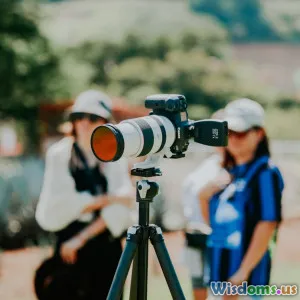
Wide Angle Lenses The Ultimate Tool for Nature Scenes
17 min read Discover how wide angle lenses transform nature photography with expansive views, depth, and stunning detail. (0 Reviews)
Wide Angle Lenses: The Ultimate Tool for Nature Scenes
There’s something undeniably magical about immersing oneself in wide, unending vistas—rolling cloudscapes, swaying grasslands, roaring coastlines capped with ragged bluffs. These larger-than-life moments in nature create memories that seem impossible to render faithfully in a photograph. Yet, for those in the know, wide angle lenses are the secret ingredient, the photographer's brush for preserving the grandeur and drama of the natural world.
In this in-depth guide, we’ll explore why wide angle lenses are essential for nature photography, unpack their practical uses, compare lens options, and reveal pro tips for getting stunning wilderness shots, all without sacrificing the intimacy or scale of the scene.
Why Wide Angle Lenses Excel in Nature Photography
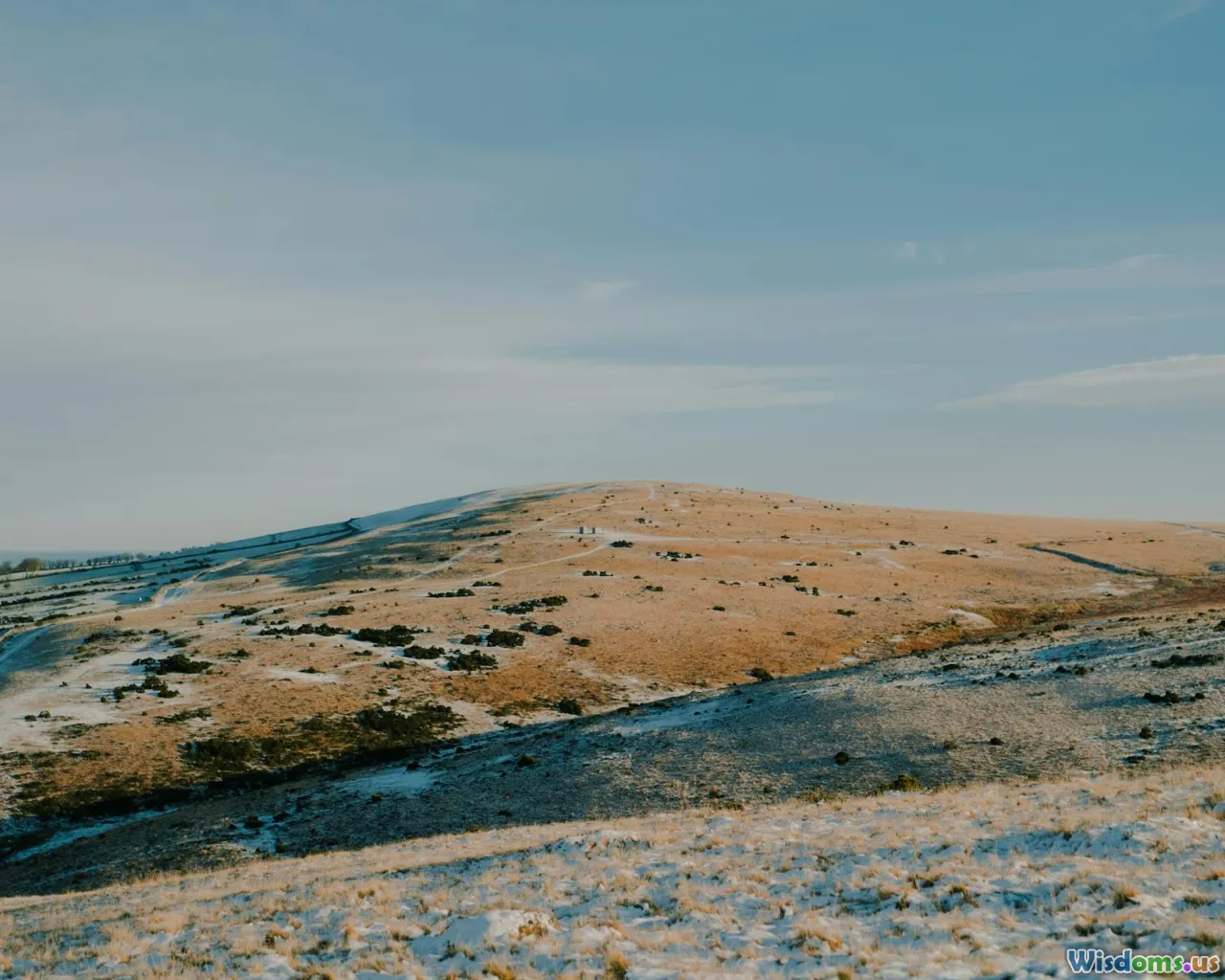
The signature look of wide angle lenses—those typically spanning focal lengths from 14mm to 35mm—comes from their ability to squeeze a vast angle of view into the frame. In nature, that means epic skies, sweeping valleys, receding mountain chains, and even the gentle arc of a shoreline all fit in one breathtaking shot.
This wider view isn't just about fitting more stuff into a photograph. It’s about sharing a sense of scale and placing the viewer amidst the scene. For example, consider the spectacular vistas of Yosemite’s Tunnel View. With a standard lens, you might capture just one dramatic peak. Switch to a 16mm wide angle, and you’ll reveal stretching forests, cascading waterfalls, and granite domes—each element relating to the others, showing their grandeur and the vastness of their setting.
Photographer Galen Rowell, famous for his landscape work, frequently leaned on ultrawide lenses precisely because they “invited viewers into the scene.” A wide angle lens recreates that immersive feeling you get standing on a clifftop at dawn, or beneath star-braided skies at dusk.
Field Applications: Bringing Nature’s Grandeur to Life
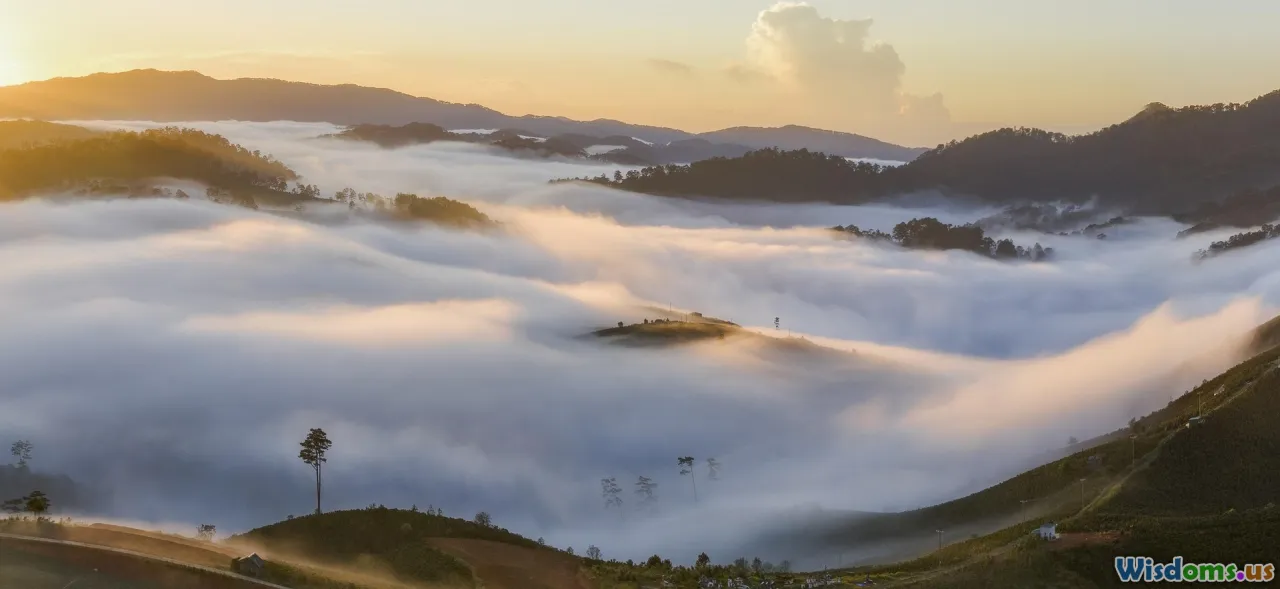
Capturing Big Skies and Dramatic Clouds
Wide angle lenses are unrivaled for expansive skies and dynamic cloudscapes. Storm clouds roiling over the prairies or the dance of the northern lights in Arctic latitudes can all be enveloped in the frame, enhancing drama and movement.
Example: In Iceland, the aurora borealis streaks across the sky from horizon to horizon. Shooting with a 14mm lens allows photographers to not only grab the full spread of lights but also include telltale silhouettes—ancient volcanos, glacial rivers, or bare, windblown trees—that root the heavens to the earth for a more compelling composition.
Revealing Foreground Interest
One of the unique, often underrated strengths of wide angle lenses is how they exaggerate foregrounds. By getting close to flowers, rocks, or water pools, photographers can use the foreground as a lead-in, creating impactful three-dimensionality.
Example: Setting up in Colorado’s wildflower meadows, you might crouch with an 18mm lens just a few inches from vibrant alpine blossoms, letting them fill the lower third of the frame. Towering peaks loom in the distant background, yet the viewer’s attention naturally glides along the field, giving structure and interest to the entire shot.
Telling More Complex Stories
Wider views do more than stun: they allow nature photographers to weave richer narratives. Including both the beaver dam in the river and the mountains from which its builders sourced their raw material, or the full gentle sweep of a savannah where elephants and acacia trees exist together, creates layered stories in a single frame.
Making the Most of Light
Golden hour and blue hour are exalted times for landscape photographers. A wide angle lens collects the gradual transitions across the sky – soft apricot hues blending into indigo, or warm backlight blooming behind mountain crests. Such lenses help to share the nuanced interplay of light and land that the eye experiences all at once.
Key Characteristics: What Sets Wide Angle Lenses Apart in the Wild

Wide angle lenses aren’t just about perspective. Their optical design profoundly influences creative decision-making:
Enhanced Depth Perception
Wide angles stretch the perception of space, elongating foreground-to-background relationships. Rivers can seem to snake forever, or lonely fence posts march endlessly away toward the horizon.
Tip: For maximum dramatic effect, place visually powerful elements—like driftwood, moose tracks, or icy pools—right in the bottom foreground and let the landscape's layers extend outward from there.
Perspective Distortion as a Tool
All wide angle lenses exhibit some form of optical distortion, especially at the edges. While this can feel like a drawback for architectural photography, in landscapes it’s often used on purpose for dynamic impact.
Example: In forest scenes, tilting the lens upward accentuates the soaring vertical lines of redwoods. The tallest trees seem to shoot into the sky. Used wisely, this distortion adds awe to woodland photos, echoing how a person standing beneath giants feels.
Starburst Sun Effects
Thanks to smaller maximum apertures (like f/16 or f/22), creating sunbursts is easier with wide angles, especially when partially hiding the sun behind rocks or tree trunks. The famous “sunstar” effect can become a signature compositional element, adding luminous points of interest to dawn or dusk scenes.
How to Compose Powerful Nature Photos Using Wide Angle Lenses
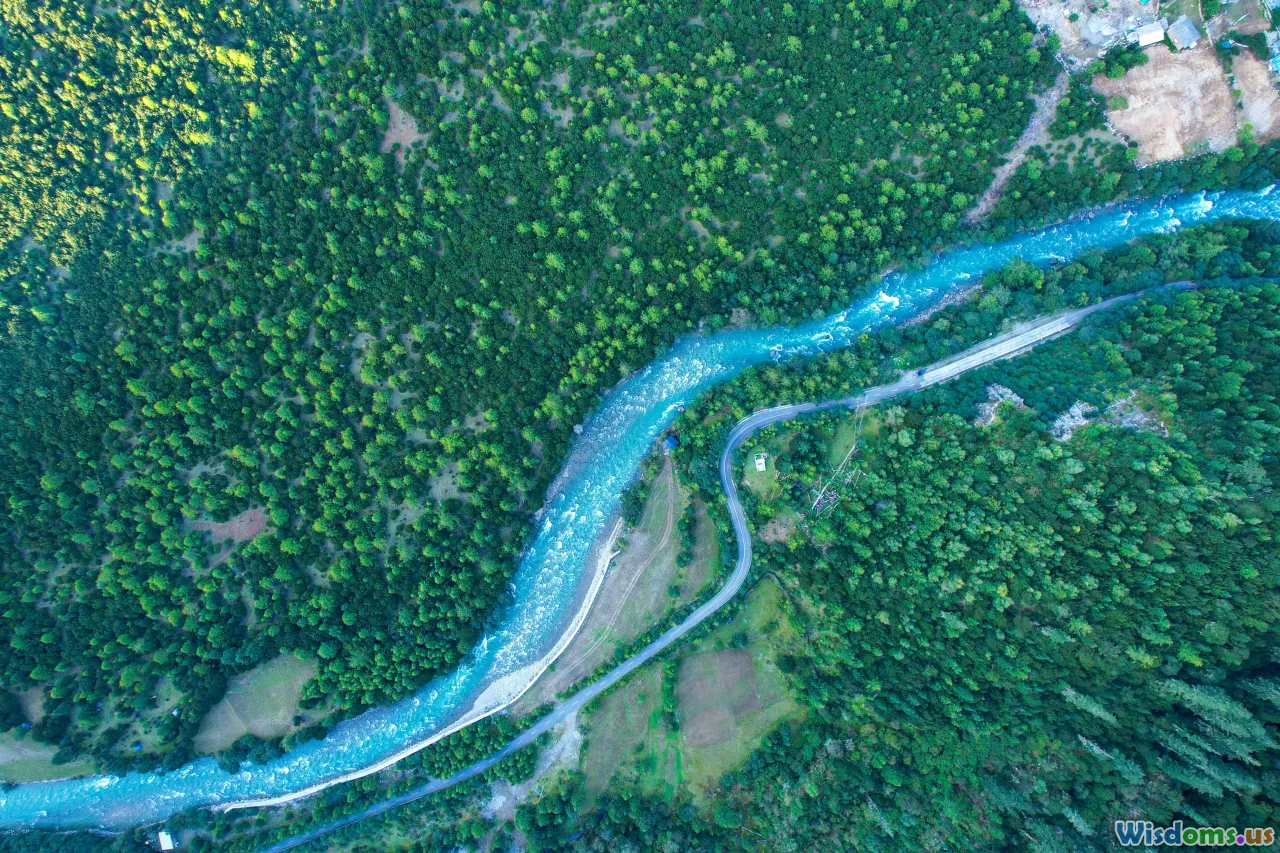
Mastering composition is where wide angle lenses truly shine—here’s how to make every pixel count.
Move In—Then Move Closer Still
Physical proximity is your secret weapon. Don’t just point your lens at the vista—wander closer to compelling foregrounds. Kneel down by a lichen-draped boulder or the broken edge of a winding stream.
Example: Lake Louise in Canada. By placing your lens just above crystal shore stones, the viewer is drawn from the texture at their feet to the glowing, snow-capped peaks—a journey through the image, not just a flat depiction.
Employ Strong Leading Lines
Look for fallen logs, winding paths, dry creek beds, or the arch of driftwood. These naturally guide the observer’s gaze from the edge of the frame deep into the wilderness beyond.
Utilize Layering
Divide the frame into foreground, midground, and background. For instance, capture sea grass on sand (foreground), rolling surf (midground), and fog-wrapped cliffs (background). This technique gives depth and invites repeated viewings.
Mind the Edges
Wide angle lenses, especially ultrawides, scoop up unintended distractions—a bit of hiker’s backpack, scraggly twigs, or campsite trash left behind. Meticulously scan the frame corners before every shutter press to keep scenes pristine.
Maintain a Level Horizon
Oceans, lakes, and grasslands demand a straight horizon. Misaligned horizons, exaggerated by wide fields of view, can mar beautiful symmetry. Use camera grids, or level tools, and check the composition in post-processing if needed.
Comparing Wide Angle Choices: Prime vs. Zoom Lenses in Nature

There are two primary camps in the wide angle world: prime and zoom. Both have strengths for wilderness exploration.
Prime Lenses (Fixed Focal Length)
Pros:
- Generally sharper, with less distortion and superior flare resistance.
- Wider maximum apertures for low-light or astrophotography (e.g., f/1.8–f/2.8).
- More compact: less to pack, lighter to hike with.
Examples:
- Canon RF 16mm f/2.8 STM
- Nikon Z 20mm f/1.8 S
- Sony FE 24mm f/1.4 GM
Cons:
- Fixed viewpoint: repositioning is required for changing your composition.
Zoom Lenses (Variable Focal Length)
Pros:
- Flexible framing: go from ultrawide (16mm) to semi-standard (35mm) with a twist.
- Less lens changing, fewer missed shots (no exposure to contaminants in wet/muddy settings).
- Many modern zooms offer near-prime image quality.
Examples:
- Canon RF 14-35mm f/4L IS USM
- Nikon Z 14-30mm f/4 S
- Sony FE 16-35mm f/2.8 GM
Cons:
- Typically larger and heavier—of note if you hike all day or climb technical terrain.
- Variable apertures on entry-level models can hamper low-light performance.
Recommendations for Nature Photographers
For those trekking deep into the wild, a high-quality wide angle zoom covers almost every need and minimizes gear weight. Prime aficionados favoring maximum light could opt for a 20mm lens, pairing portability with brilliance for star fields and auroras.
Tricks and Tips: Making the Most of Wide Angles in Nature
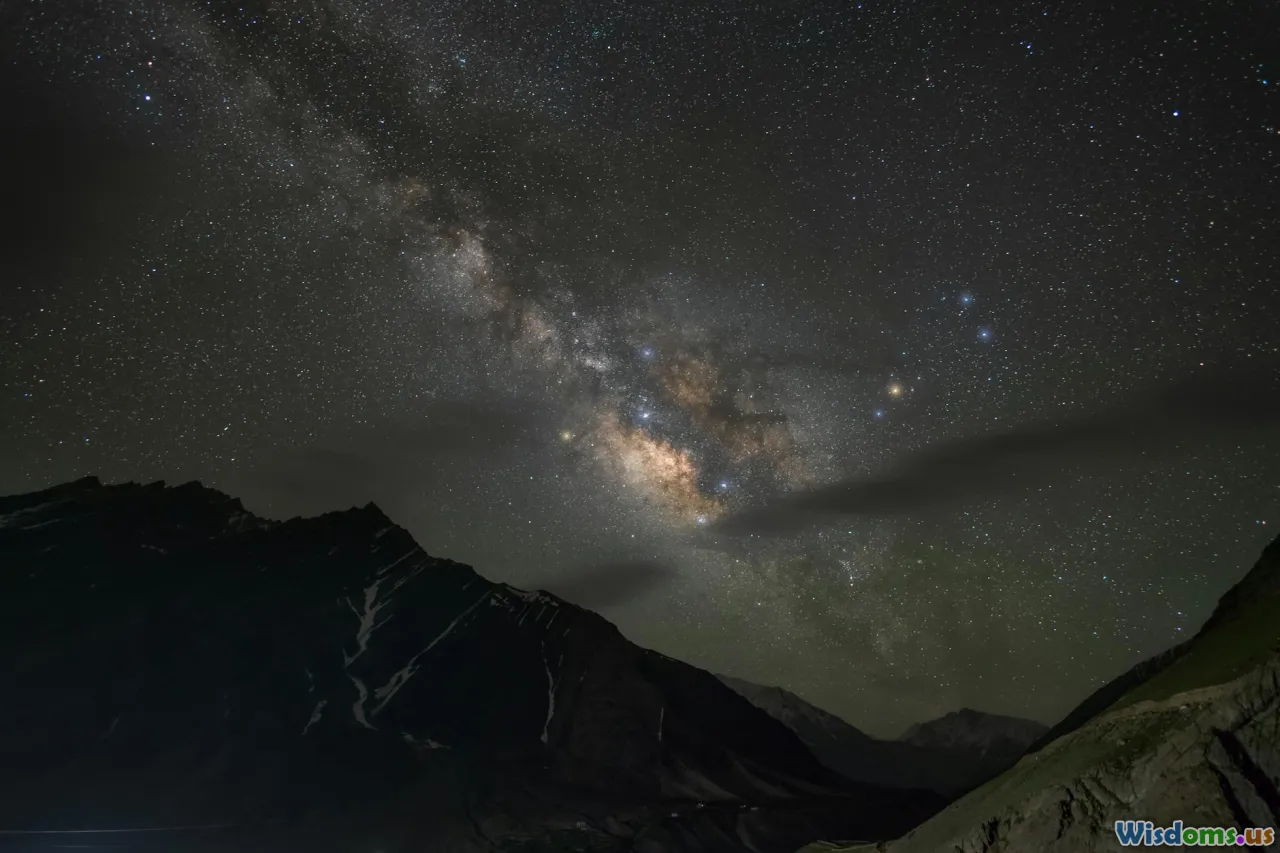
Use a Circular Polarizer Filter
Wide scenes often include reflective surfaces—water, wet leaves, glassy rocks. Polarizers cut glare, deepen blue skies, and help clouds explode with contrast, especially at 90-degree angles to the sun.
Insight: Be cautious: on extreme wides (under 20mm), polarization can appear uneven due to the lens’s broad field of view. Rotate the filter and preview the result before finalizing the composition.
Focus a Bit Closer Than Infinity
Wide lenses boast big depth of field, but focusing directly at infinity sometimes makes foregrounds go soft. Instead, use the hyperfocal distance—look up a chart for your lens/aperture combo, focus there, and almost everything from a few feet in front to “infinity” will stay sharp.
Brace For Weather
Nature doesn’t call ahead. To protect both lens and camera, always keep a lens hood attached; it shields from drizzle and sun flare. Consider microfiber cloths for dew or mist, especially at waterfalls or during slow exposures.
Embrace Vertical Shots
Turn the camera vertically (portrait orientation) with your wide angle to exaggerate tall objects—tree trunks, waterfalls, or canyons. This orientation can impart an epic feel, transforming perspective and emphasizing ‘upward’ expansion.
Master Long Exposures
Place the camera on a sturdy tripod and use an ND (neutral density) filter with your wide angle lens. You’ll capture soft, streaking clouds, glassy lakes, or silky streams that contrast beautifully with immense rock formations and rooted woodland—adding mood and movement to otherwise static scenes.
When Not to Reach for Your Wide Angle
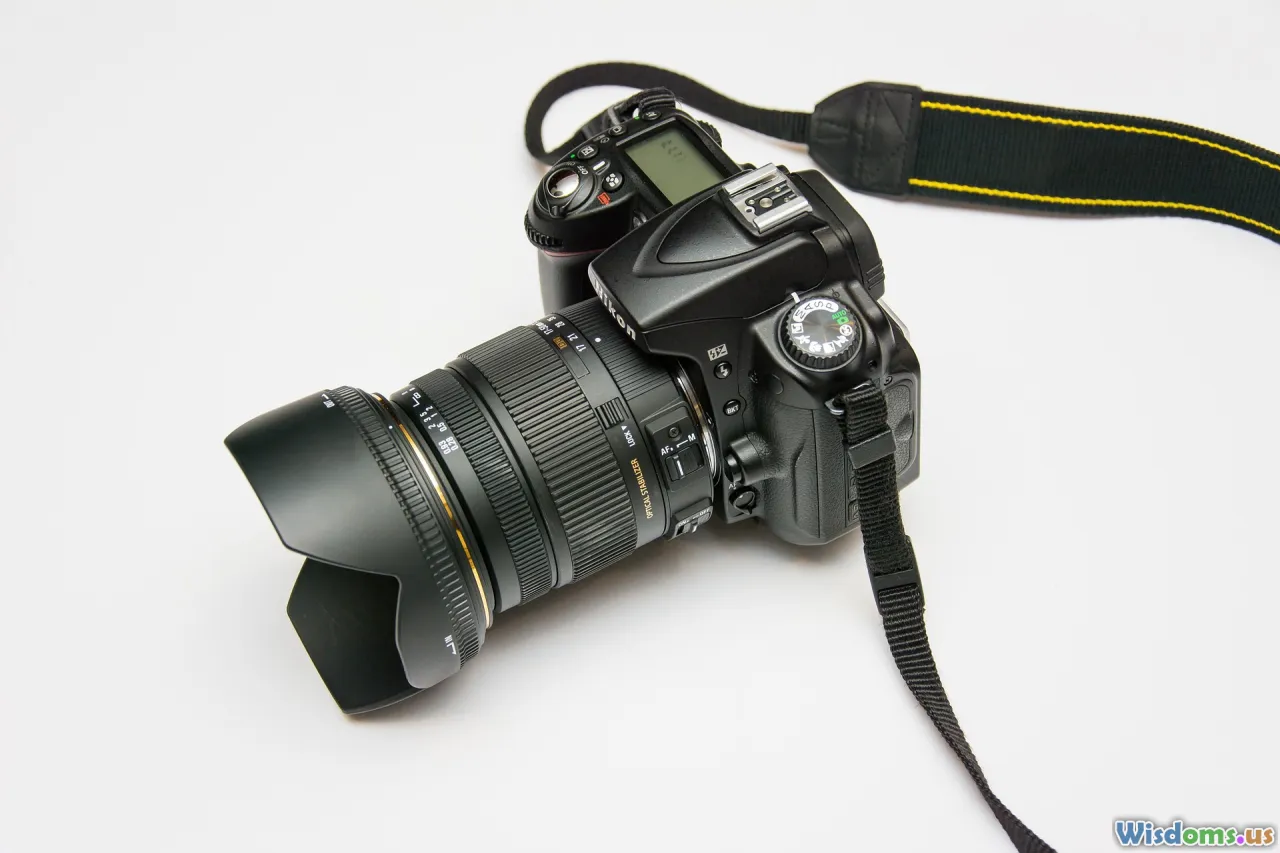
Despite their allure, wide angles aren’t always the right choice. Wildlife that’s far away, delicate flower portraits where background blur is key, or tight nature abstracts all play better with longer focal lengths.
For instance, when photographing a lone eagle across a vast valley, a telephoto lens like a 300mm or 400mm brings you close to the subject, revealing details lost at wide angle ranges. Understanding these situational strengths will elevate your overall landscape AND wildlife portfolios.
Stories From the Field: Wide Angles in Action
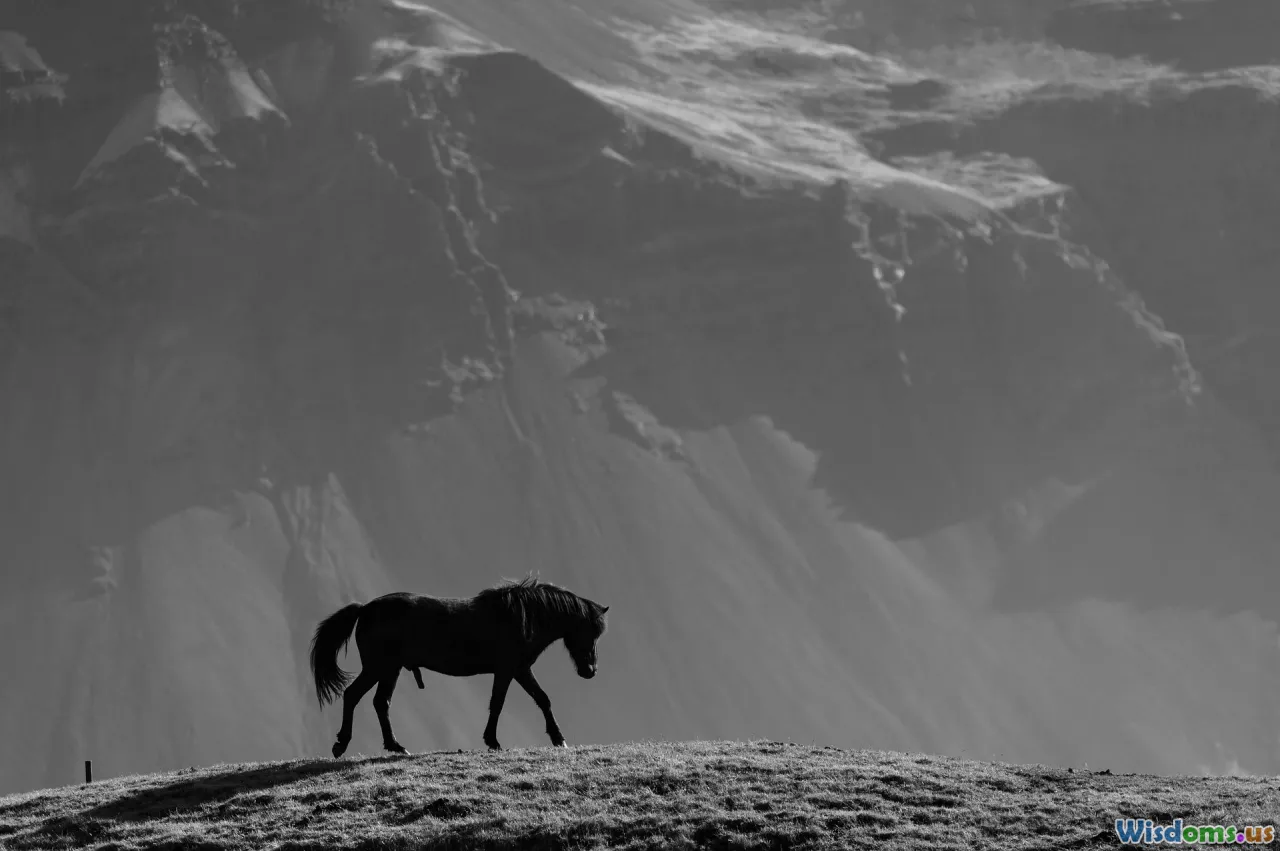
Professional and hobbyist nature photographers have countless tales of wide angle triumphs:
-
Patagonia’s Windy Plains: Wind-etched grass stretches endlessly under racing night clouds. A 15mm lens collects both grazing guanacos and the distant Torres del Paine in a single breath.
-
Oregon Waterfalls: By balancing at stream’s edge with a 14-24mm zoom, the full cascade flows from the top of the frame to pooling mist in the foreground, ringed by blooming moss and young ferns.
-
African Deltas at Dusk: Elephant herds drift between pools and stunted trees as the sun sinks behind. Shooting at 20mm arches the golden sky overhead and grounds the story with muddy hoofprints in the sand.
Amazing nature images tell big stories—ones that let us feel the chill of mountain air or the pulse of incoming sea storms. Wide angle lenses offer the gift of immersion. Armed with an understanding of their strengths, quirks, and best practices, your photography can capture the raw atmosphere and connection you felt out in the wild.
So next time you set out under an endless dome of sky, whether it’s a sparkling frost morning or the shy light after rain, reach into your camera bag. Let your wide angle lead; let it wrap the wonder of nature around your viewer in a single, unforgettable frame.
Rate the Post
User Reviews
Other posts in Landscape Photography
Popular Posts















